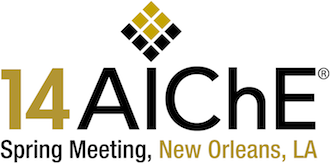

In one decade, the gas prospects in North America have gone from dire to exceptional. In 2004, we were scrambling to build import capacity for gas as LNG. In 2014, we are scrambling to do the opposite - build export infrastructure for LNG. The shale gas revolution has led to a resurgence in petroleum engineering and gas utilization. The price of gas has dropped considerably, and has benefited those industries that traditionally depend on natural gas including power generation and chemicals manufacturing.
The low price and considerable environmental benefits over other fossil fuels have also made natural gas, in particular LNG, attractive to the transportation segment. New technologies are being developed for the use of LNG as a transportation fuel for trains and truck fleets. In addition the IMO (International Maritime Organization) environmental control area (ECA) regulations are scheduled to impose a maximum sulfur content of 0.1% on January 1, 2015 on bunker fuel for shipping in coastal North American waters, Hawaii, Puerto Rico and US Virgin Islands as well as Europe. This law has generated a significant order book for LNG fueled new build ships, and plans for the development of an LNG bunker fuel infrastructure.
These rapid developments do not come without challenges - both societal, regulatory and technological. Safety of LNG operations and the public perception are driving the development of innovative technical solutions. This presentation will review the current developments in the LNG value chain and discuss the safety and regulatory challenges associated with them.
